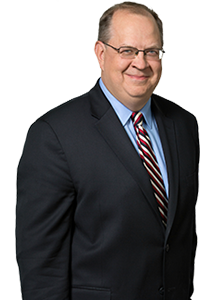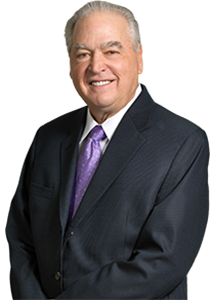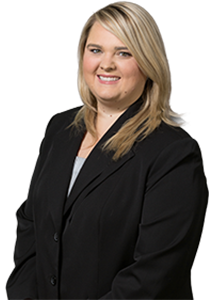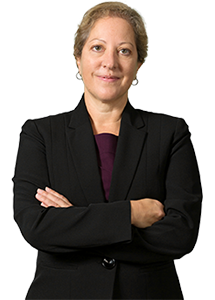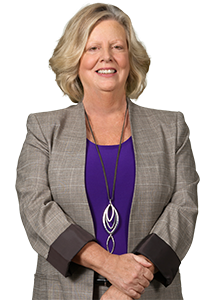In response to the ongoing pandemic, on March 13, 2020, President Trump declared the coronavirus or COVID-19, a national disaster under the Robert T. Stafford Disaster Relief and Emergency Assistance Act. This declaration put into play a little-known existing provision of the tax law –Section 139 of the Internal Revenue Code. Section 139 allows employers to assist employees during a federally declared disaster with “qualified disaster relief payments” that are tax-free to the employee and fully deductible to the employer.
Employers wishing to aid employees impacted by COVID-19 should consider taking advantage of the Section 139 disaster relief provision by familiarizing themselves with the Section 139 qualifications and adopting a Section 139 program to help their employees through these unprecedented times.
Background
Added to the Internal Revenue Code after the attacks on September 11, 2001, Section 139 allows employers to make tax-free “qualified disaster relief payments” to help employees in the wake of a qualified disaster. Section 139 is important because typically, under Section 102 of the Internal Revenue Code, any payment from an employer to an employee, even a “gift”, is taxed to the employee as compensation. Section 139, however, provides that any amount received as a “qualified disaster relief payment” cannot be taxed to the employee as income. These payments are not subject to any federal withholding obligations and do not need to be reported on a Form W-2 or 1099. Significantly, any amounts paid as a “qualified disaster relief payment” are also deductible by the employer. In addition, in most cases, the exclusion will also apply for state income tax purposes.
A “qualified disaster relief payment” under Section 139 includes payments by an employer, not compensated for by insurance or otherwise, paid to or for the benefit for its employees to:
- reimburse or pay reasonable and necessary personal, family, living, or funeral expenses incurred as a result of a qualified disaster; and
- reimburse or pay reasonable and necessary expenses incurred for the repair or rehabilitation of a personal residence or repair or replacement of its contents to the extent that the need for such repair, rehabilitation, or replacement is attributable to a qualified disaster.
COVID-19 “Reasonable and Necessary Expenses”
Section 139 has been utilized in the past for other Stafford Act disasters, and it was clear that during a natural disaster, like Hurricane Katrina, employer expenses paid to employees related to property repair and replacement, temporary housing, and food would be covered. However, the situation with COVID-19 is unique in that Section 139 has yet to be invoked for a disease pandemic. The IRS has not issued any guidance specific to COVID-19 and thus it is not entirely clear what types of expenses during this time will be considered “qualified disaster relief payments.”
Nevertheless, legislative history and a reasonable interpretation of the statutory text provides that the following payments or reimbursements from employer to employee should qualify under Section 139 provided the expenses are reasonable and necessary, relate to the COVID-19 pandemic, and are not otherwise compensated by insurance:
- Medical expenses of the employee not covered by insurance or otherwise (i.e. copays incurred for COVID-19 treatment);
- Health-related expenses other than medical expenses (i.e. over-the-counter medications used to treat COVID-19);
- Dependent care expenses, such as child care or tutoring expenses for an employee’s dependent due to school closures; remote learning or home schooling expenses, such as home internet, computer for use by a dependent, educational materials, subscriptions to online educational resources, etc.;
- Expenses associated with working from home, including home office set-up costs, computer, internet, printer, and cell phone costs, and even increased utility costs on account of the home office;
- Transportation expenses due to work relocation including costs associated with taking a taxi or ride-sharing app service from home due to mass public transport closures;
- Critical care and funeral expenses of an employee or a member of the employee’s family, who dies from a COVID-19 infection; and
- Other living expenses due to an employee’s know exposure to COVID-19 such as hand sanitizers and home disinfectant supplies.
“Qualified disaster relief payments” do not include nonessential, luxury, or decorative items or services. Additionally, Section 139 does NOT cover payments that are wage replacement payments such as sick pay, family medical leave pay, or any other type of salary or leave pay). As such, wage replacement payments will still be taxable wages and will remain subject to income and payroll tax withholding and reporting.
Section 139 does not impose limits on the amount of “qualified disaster relief payments” that employers can make to employees (either individually or in the aggregate). Moreover, Section 139 does not require that employees reach a certain period of employment in order to receive tax-free payments.
Employer Considerations
Section 139 does not require an employer to have a written policy or program for “qualified disaster relief payments”, however, employers who wish to make “qualified disaster relief payments” due to COVID-19 should consider having one as a best practice. In addition, adopting a Section 139 written policy or program allows employees to be informed of the availability and parameters of such a program.
Any policy or program adopted by an employer in response to Section 139 should clearly document the features of the program, including the following:
- a description of who is an eligible employee;
- a listing of expenses that that will be subject to reimbursement or payment;
- a per-employee allowance for reasonable expenses (optional);
- the method for reimbursement/payment (i.e. whether an application is necessary); and
- the start and end date of the program.
Interestingly, Section 139 does not require employers to collect receipts or other proof of expenses incurred by employees. Nevertheless, employers should consider doing so to control costs and to avoid fraudulent claims from employees, even though implementing such aspect of the program may also lead to an increased administrative burden.
Conclusion
In this current environment, employers may wish to aid their employees affected by the COVID-19 pandemic. However, it is imperative that employers recognize that payments meant to aid employees during the COVID-19 pandemic could actually create an additional financial burden on their employees. Therefore, employers contemplating assisting their employees with payments during this time need to review the qualifications for Section 139 “qualified disaster relief payments” and consider adopting a Section 139 program. This little-known existing tax provision just might be the best way for employers to assist their employees during these uncertain times.
O’Neil, Cannon, Hollman, DeJong & Laing remains open during this time and is here to help. We encourage you to reach out with any questions, concerns, or legal issues you may have, including those related to COVID-19 or the drafting of a COVID-19 Section 139 expense plan.




